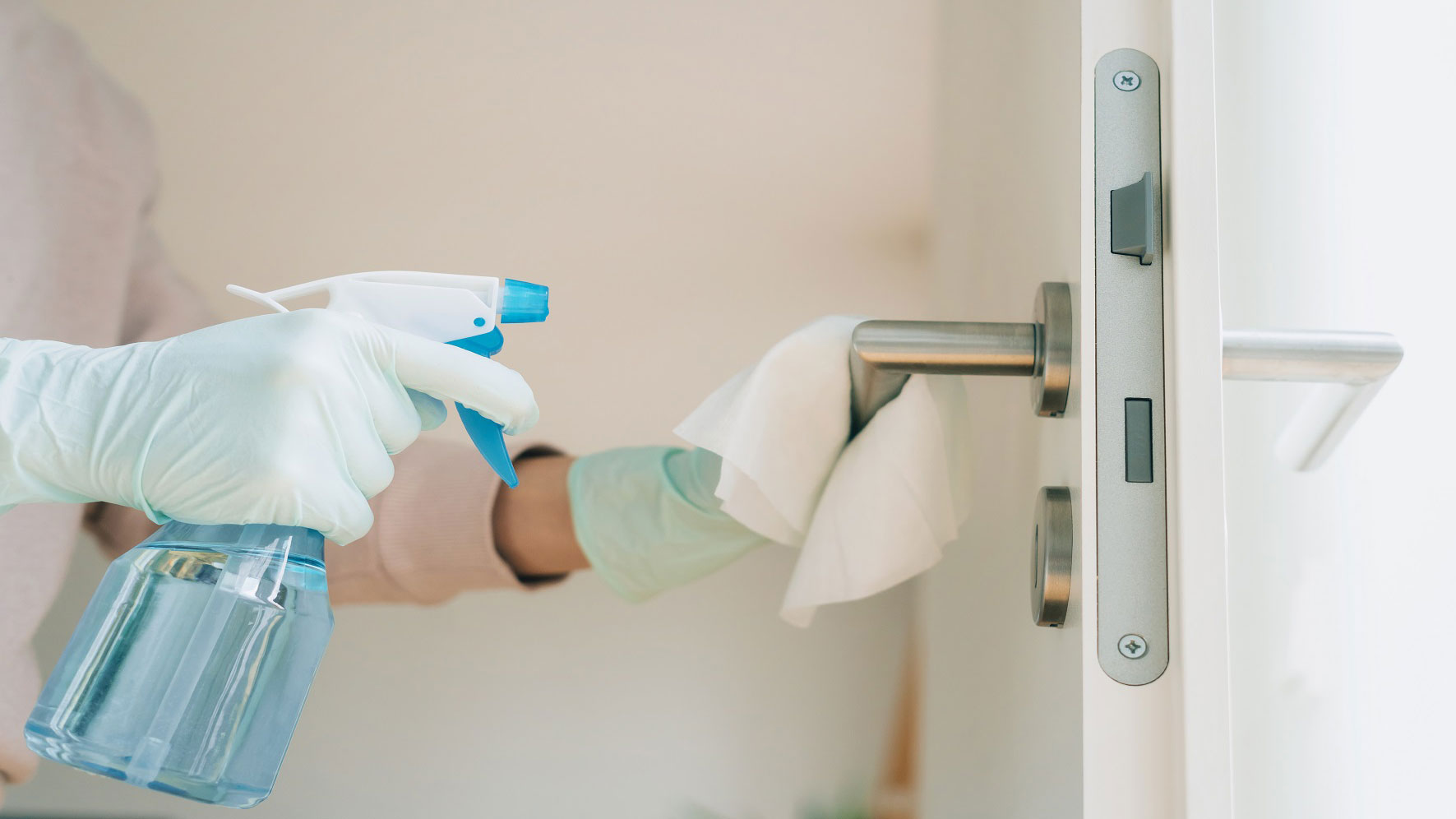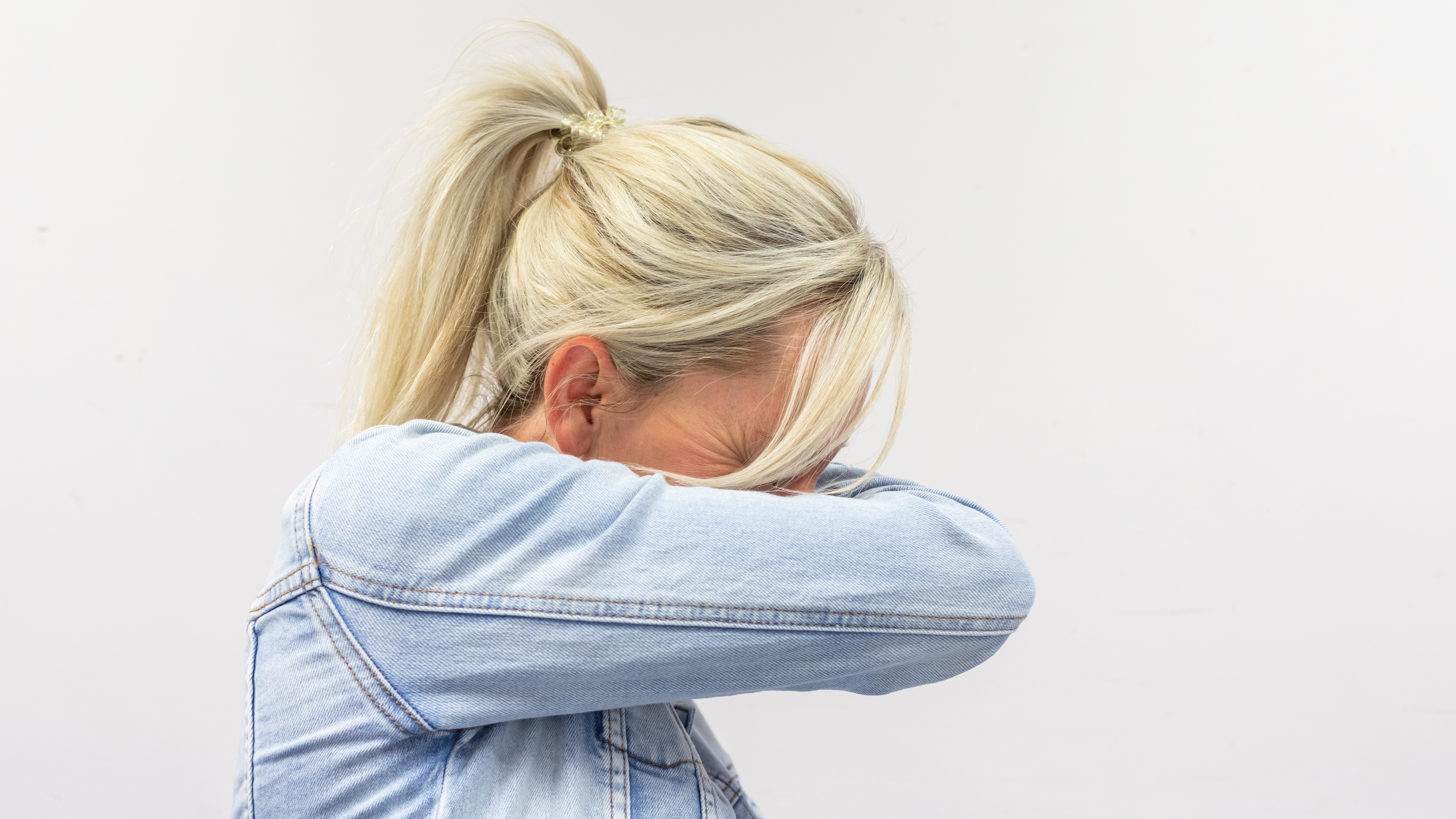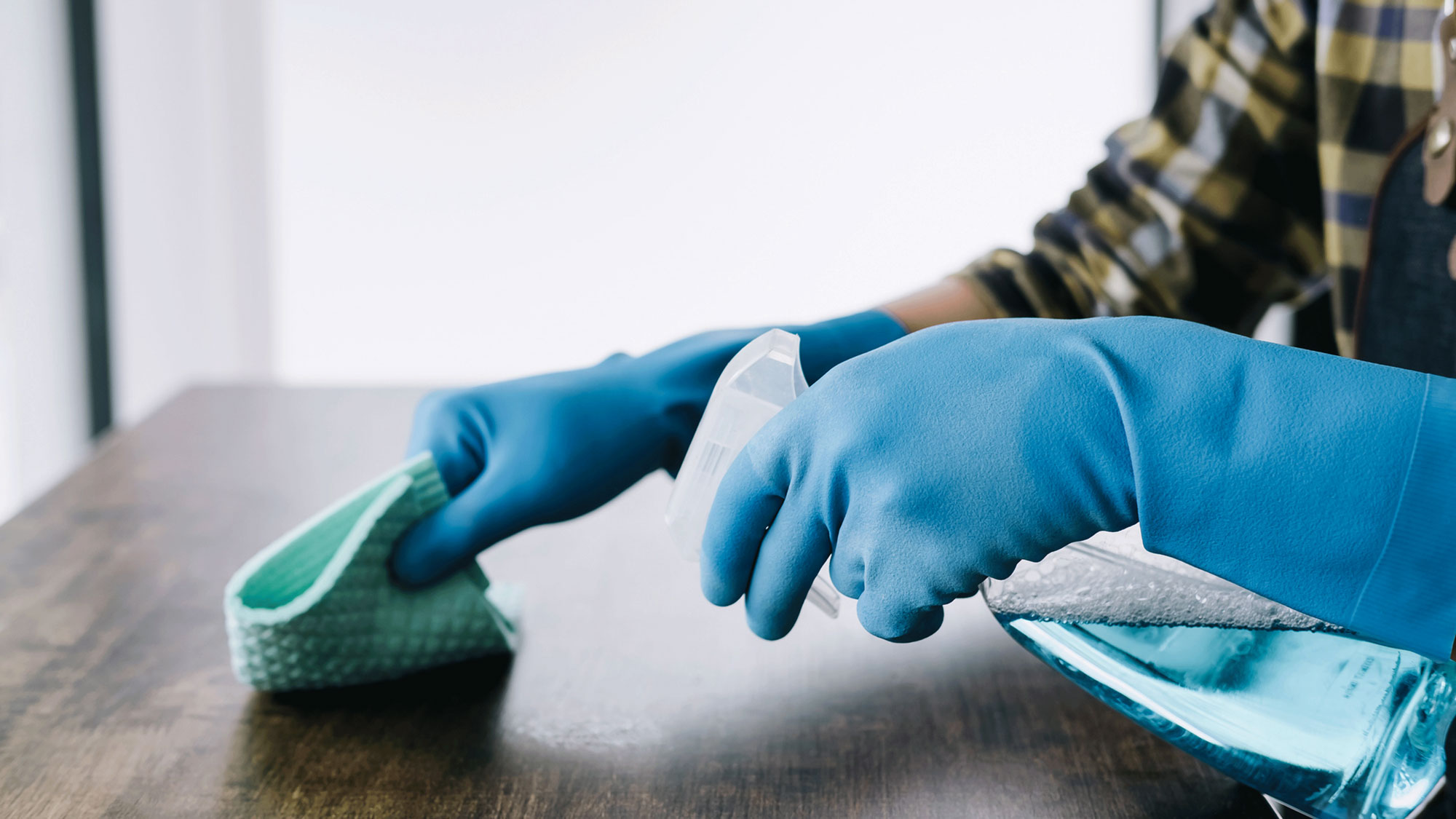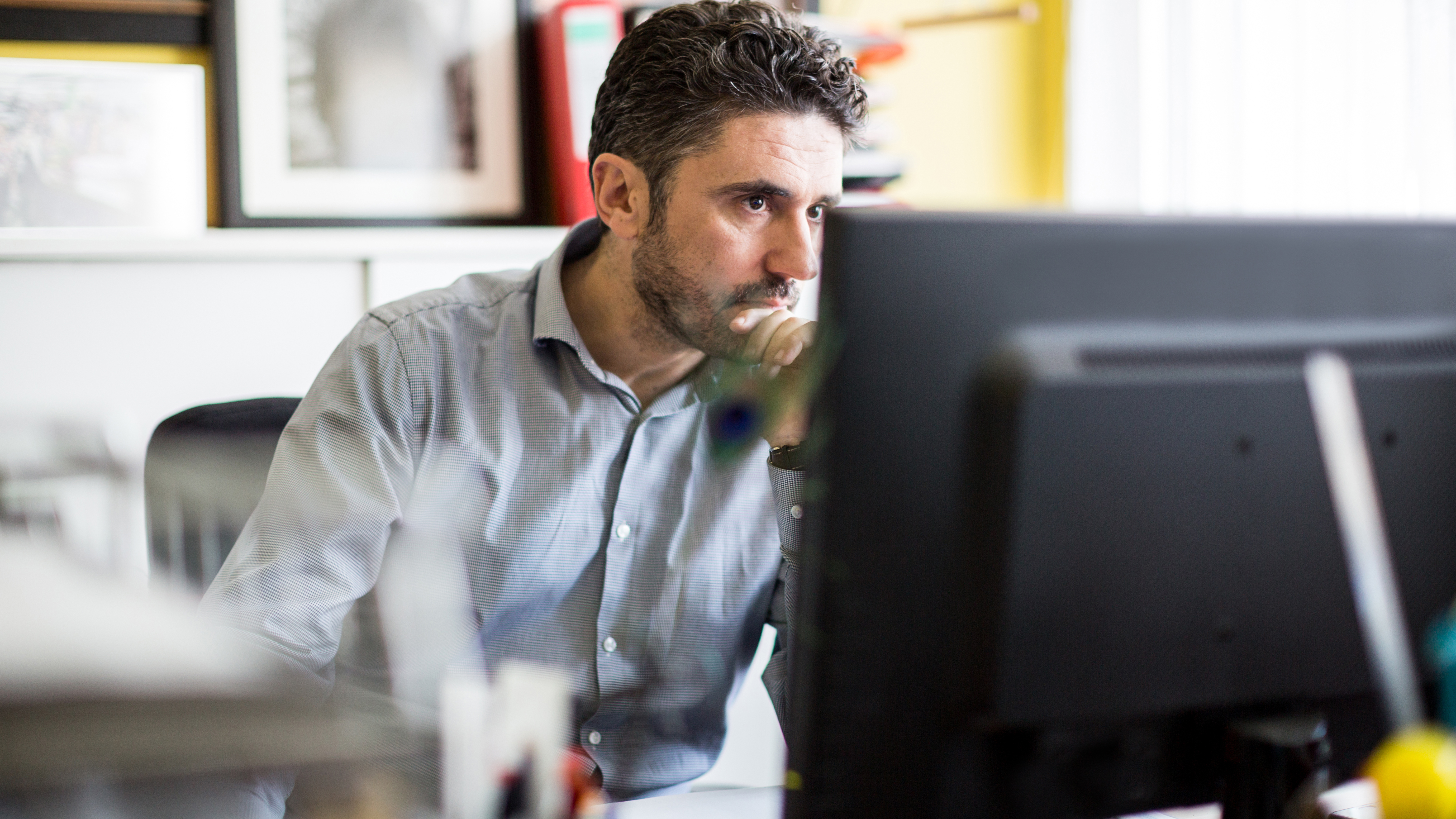Cleaning Tips for Your Home During Coronavirus Pandemic
We know that simple preventative measures such as handwashing can help decrease the spread of SARS-CoV-2 (2019 Novel Coronavirus or COVID-19) and other illnesses. Since it remains unclear how long the virus that causes COVID-19 can live on different surfaces, the Center for Disease Control and Prevention (CDC) and the World Health Organization (WHO) recommend giving certain areas of your home some extra cleaning to keep bacteria and viruses at bay.
Clean commonly touched surfaces – The CDC recommends routine cleaning and disinfecting of high-touch areas; focus on the high traffic areas that enable viruses to spread around the home. Areas include doorknobs, light switches, tables, remotes, stair rails, desks and chairs. Basically, anything you touch even regularly, especially if it’s a hard surface. (Viruses generally live longer on hard surfaces than on soft, more porous ones, according to the Mayo Clinic.)
Clean and disinfect entryways and common items that leave the home with you each day – Wipe down door knobs daily, both inside and outside the home. It is also good to clean and disinfect items like purses, backpacks, keys, and other items which you take outside of the home with you each day upon returning.
Bathrooms – Frequently clean all surfaces, including the toilet, shower and sink. Keep toothbrushes separate from each other and regularly wash hand towels. Removing clutter from around your sink limits the surface area where germs and viruses can land and survive. Disinfecting the counter will help keep viruses from possibly infecting anyone else.
Kitchen – In addition to frequently cleaning countertops, don’t forget high-touch areas around the kitchen such as drawer pulls, light switches, and appliance handles and dials (e.g., kettle, fridge, oven, and microwave). You also need to think about things that can spread germs and bacteria such as sponges and cleaning cloths, which should be cleaned or replaced regularly.
How you clean is important!
It’s one thing to say clean surfaces, but what does that mean and what exactly is involved?
As the CDC explains, there’s a difference between cleaning and disinfecting. Cleaning means you’re getting rid of germs, while disinfecting means you’re actually killing them. While you might clean surfaces effectively, that doesn’t mean you’re disinfecting.
Pre-clean any surfaces before disinfecting to remove any excess dirt or grime. If surfaces are so dirty that they appear to be soiled, you should clean them using a detergent or soap and water before disinfecting them. You don’t want to re-contaminate surfaces while cleaning, so work from one side of a surface to the other using an “S” shape to clean.
It is also important to remember that disinfection is not instantaneous, and different products require different methods of application. In the same way that you have to wash your hands for 20 seconds, you need to give the product enough time to kill the virus or bacteria on a surface before wiping it off. And finally, when using any cleaning products, make sure you’re ventilating the room appropriately and are following label cleaning and use instructions for proper guidance on how long the product needs to remain on surfaces to effectively disinfect them. It is also recommended to use gloves when cleaning and remember to keep your hands away from your eyes and mouth.
The CDC and WHO are the best, most trustworthy sources of information about all matters related to the coronavirus, including cleaning and disinfecting protocols.
Updated in July 2020 to reflect the latest guidance from public health authorities.
Related Stories

Protecting the Health and Wellness of SC Johnson People During COVID-19

Seven things Public Health Organizations are recommending to slow the spread of COVID-19

Cleaning and Disinfecting: What's the Difference?
